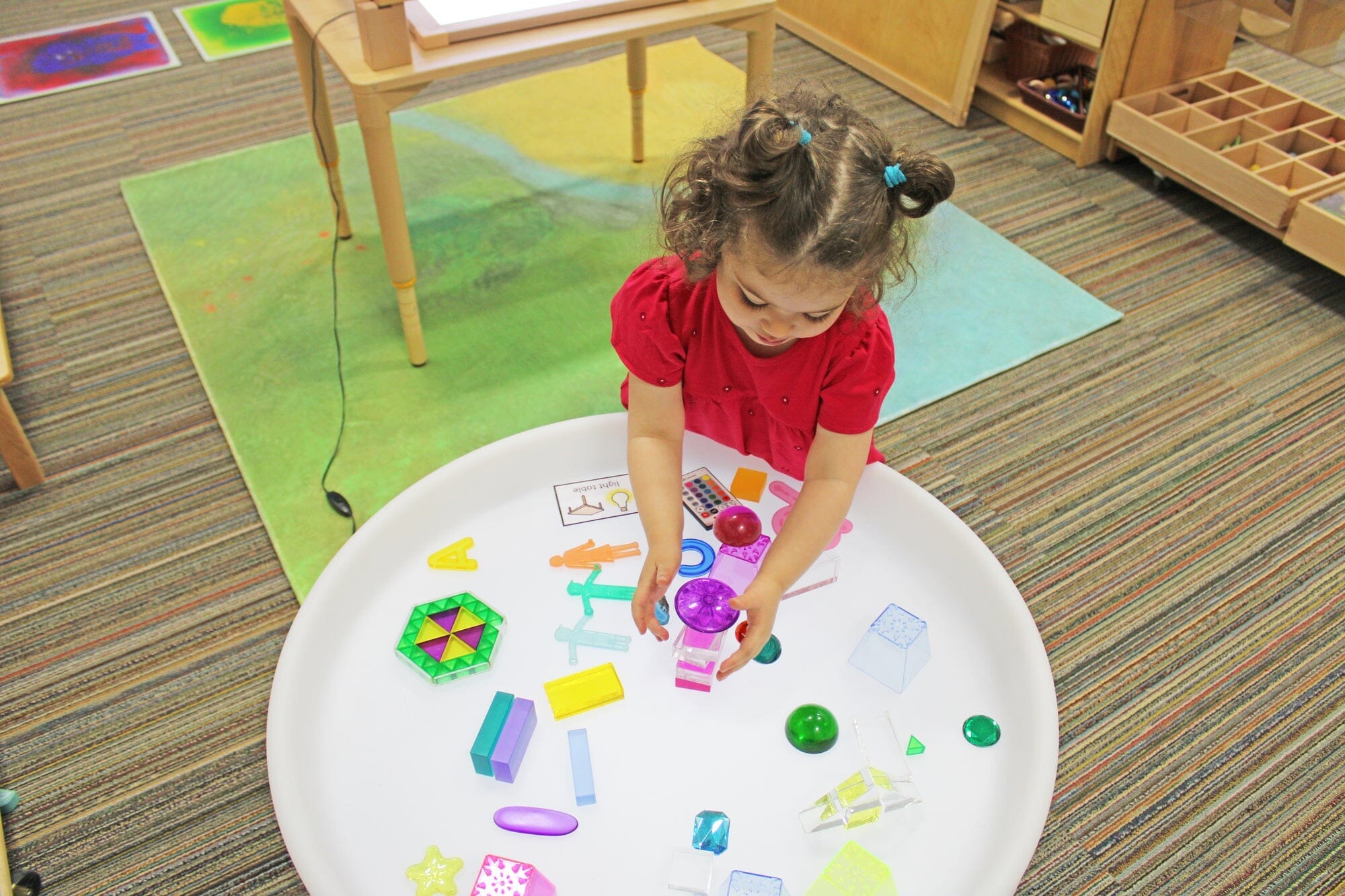Menu

To create interest and drama naturally just add light. Whether the source is a light panel, light table, light cube or simply a mirror element, light can illuminate and transform familiar objects and learning spaces.
Keep your space fresh and returning children engaged.
CLICK HERE to shop the Upgrade your Childcare Space collection.
Check out these other posts in our popular series on how to keep your space fresh and returning children engaged
If you don’t have room for a light table, LED light panels or Light Cubes are a good option. With very low power draw these super-efficient panels are cool, sturdy and easy to incorporate into an existing space. But they immediately draw attention and can create a new focal point for your room.
Click here to explore and shop Louise Kool's entire Light and Colour collection for light panels, cubes, tables, mirror elements and accessories.

Your objects or specimens don’t have to be translucent or transparent to be used on a light table or panel. Contrast between light and dark emphasize shapes and curves. While edge details are revealed with the clear bright light.
Mirrors can also can bring depth and dimension to your space. But when used for construction, block play and exploration they add new perspectives for learning. With block play, it’s a fascinating way to see inside structures adding new insight to volume, negative space and symmetry.
Dusyma’s Luxy Luminescent Building Blocks and Lumi Translucent Building Blocks are designed to bring the element of light into construction. Combine for colour mixing with a powered light source or with a mirror to explore architecture with light.
Here are 4 specific learning areas with examples of how light can illuminate.
Examine structures of living things -- leaves, petals, stems, insects, feathers – with translucent specimen blocks or just samples from outdoors. Mix colours with tokens, jewels or acetates. Reflect one mirror to another mirror for a glimpse into infinity.
Compare a variety of representations of numbers and letters – differences are easy to see with the high contrast. Build shapes with attribute blocks or words with cut-out letters. On a mirrored surface, children love playing with symmetry and reverse images. And of course any kind of translucent colour tokens will be fun to group, count, combine and breakdown.
Building on light sources creates solid and shadow structures to discover the relationships between 2Dimensional and 3 dimensional representation. As well as adding drama that can prompt narratives. On Dusyma’s Building and Playing Steps with Mirror, or round or rectangle Mirror Bases stories take on many dimensions and perspectives.
Illuminate an atelier for inspiring provocations with natural elements or manufactured objects. Find shapes – circles, triangles, rectangles – in natural examples – insects, leaves, feathers etc. Use an opaque object on a light source to eliminate distracting details with high contrast revealing base shapes. Use mirrors to explore objects from multiple angles. In the art atelier above, a mirror panel on the Roomscapes by Community Playthings panel attached to a Creative Unit adds interest and function to the defined space

Request your NEW 2024 Louise Kool Early Years catalogue, with new products and expanded categories!

Let us help you realize an inspiring learning environment with unmatched expertise and service.

We are here to help. From Budgeting to Room and Centre Planning we have the answers you're looking for.

If you have a questions regarding existing orders or quotes don't hesitate to contact us.
1-800-268-4011
service@louisekool.com

© 2025, Louise Kool & Galt Powered by Shopify





